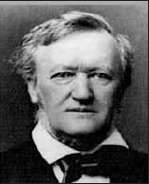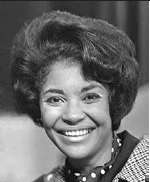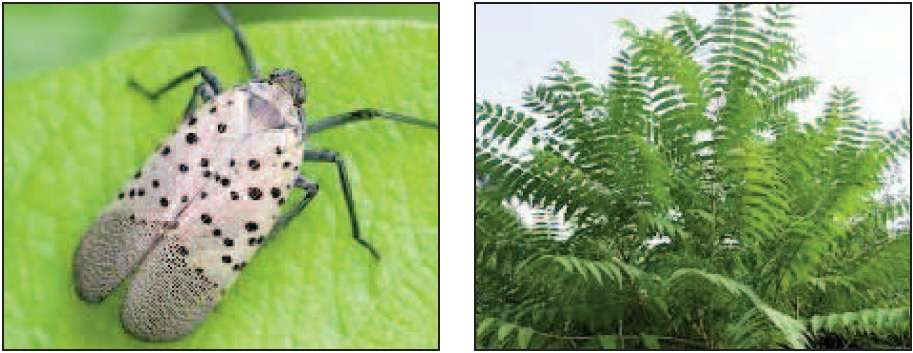SCORES & OUTDOORS: The red-winged blackbird a sure sign of spring
 by Roland D. Hallee
by Roland D. Hallee
The old reliable spring indicator appeared in my backyard over the weekend, twice. The robin made its presence known.
However, it was what happened Monday that certified that old folklore. I know spring officially arrived this past Tuesday, March 19. That is a day or two earlier than usual, but it seems everything is early this year.
Going back to what confirmed spring is here was the sighting of the red-winged blackbird. Of all the migratory bird, it is generally the first species to make its way back north.
The red-winged blackbird is a bird found in most of North America and much of Central America. It breeds from Alaska and Newfoundland south to Florida, the Gulf of Mexico, Mexico, and Guatemala, with isolated populations in western El Salvador, northwestern Honduras, and northwestern Costa Rica. It may winter as far north as Pennsylvania and British Columbia, but northern populations are generally migratory, moving south to Mexico and the Southern United States.
Claims have been made that it is the most abundant living land bird in North America, as bird-counting censuses of wintering red-winged blackbirds sometimes show that loose flocks can number in excess of a million birds per flock and the full number of breeding pairs across North and Central America may exceed 250 million in peak years.
Regarding its numbers, the International Union for Conservation of Nature (IUCN) lists the red-winged blackbird of least concern.
The red-winged blackbird is sexually dimorphic; the male is all black with a red shoulder and yellow wing bar, while the female is a nondescript dark brown. Seeds and insects make up the bulk of the red-winged blackbird’s diet.
The red-winged blackbird is a sister species to the red-shouldered blackbird that is endemic to Cuba. These two species are together sister to the tricolored blackbird that is found on the Pacific coast region of the California and upper Baja California in Mexico.
Depending on the authority, between 20 and 24 subspecies are recognized which are mostly quite similar in appearance.
The red-winged blackbird breeds in marshes, brushy swamps, hayfields; forages also in cultivated land and along edges of water. Breeds most commonly in freshwater marsh, but also in wooded or brushy swamps, rank weedy fields, hayfields, upper edges of salt marsh. Often forages in other open habitats, such as fields and mudflats; outside the breeding season, flocks gather in farm fields, pastures, and feedlots.
One of the most abundant birds across North America, and one of the most boldly colored, the red-winged blackbird is a familiar sight atop cattails, along soggy roadsides, and on telephone wires. Glossy-black males have scarlet-and-yellow shoulder patches they can puff up or hide depending on how confident they feel. Females are a subdued, streaky brown, almost like a large, dark sparrow. Their early and tumbling song are happy indications of the return of spring.
Red-winged blackbirds may come to your yard for mixed grains and seeds, particularly during migration. Spread grain or seed on the ground as well, since this is where Red-winged Blackbirds prefer to feed.
The red-winged blackbird is a highly polygynous species, meaning males have many female mates – up to 15 in some cases. In some populations 90 percent of territorial males have more than one female nesting on their territories. But all is not as it seems: one-quarter to one-half of nestlings turn out to have been sired by someone other than the territorial male.
Male red-winged blackbirds fiercely defend their territories during the breeding season, spending more than a quarter of daylight hours in territory defense. He chases other males out of the territory and attacks nest predators, sometimes going after much larger animals, including horses and people.
Red-winged blackbirds roost in flocks in all months of the year. In summer small numbers roost in the wetlands where the birds breed. Winter flocks can be congregations of several million birds, including other blackbird species and starlings. Each morning the roosts spread out, traveling as far as 50 miles to feed, then re-forming at night.
The oldest recorded red-winged blackbird was 15 years, 9 months old. It was banded in New Jersey in 1967, and found alive, but injured in Michigan in 1983. It was able to be released after recovering from its injuries.
Roland’s trivia question of the week:
What Boston Celtics player holds the distinction for hitting the most 3-point baskets in one season?


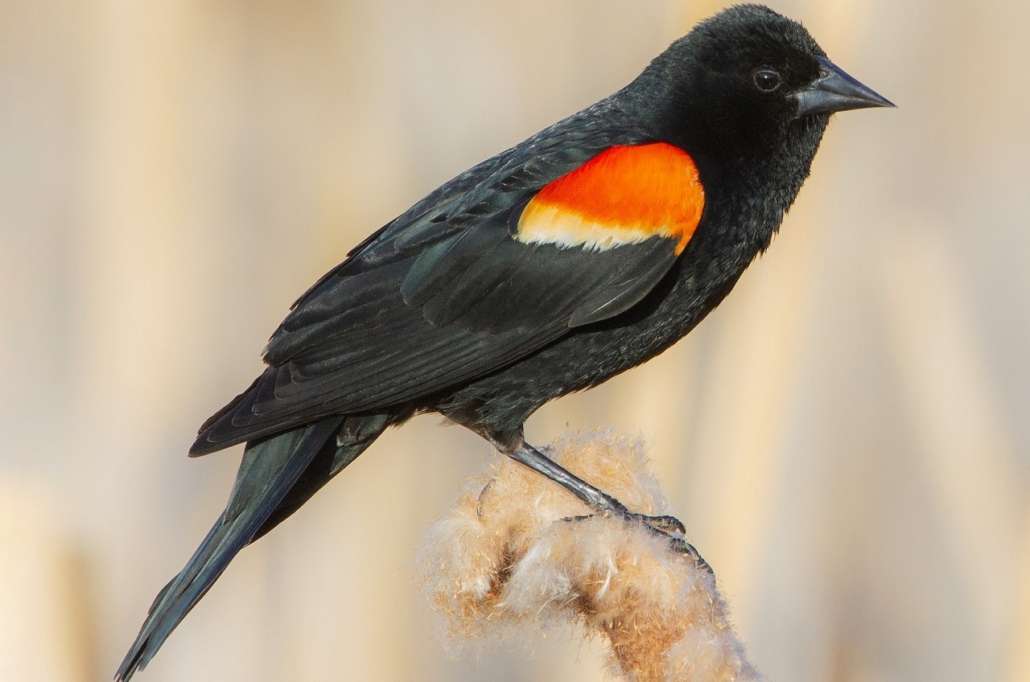
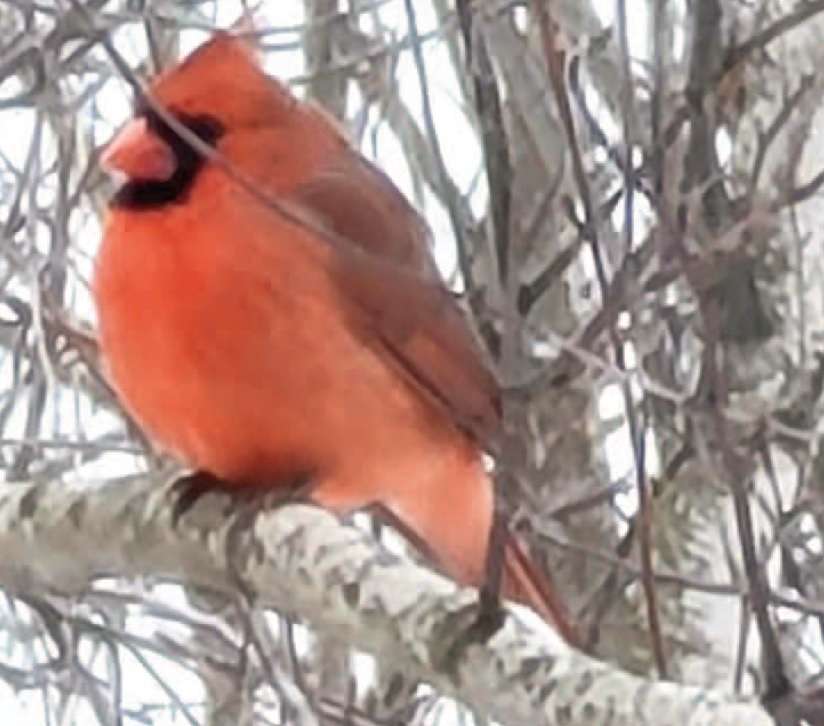


 The more you know about your kidneys, the better they can keep you healthy.
The more you know about your kidneys, the better they can keep you healthy.

